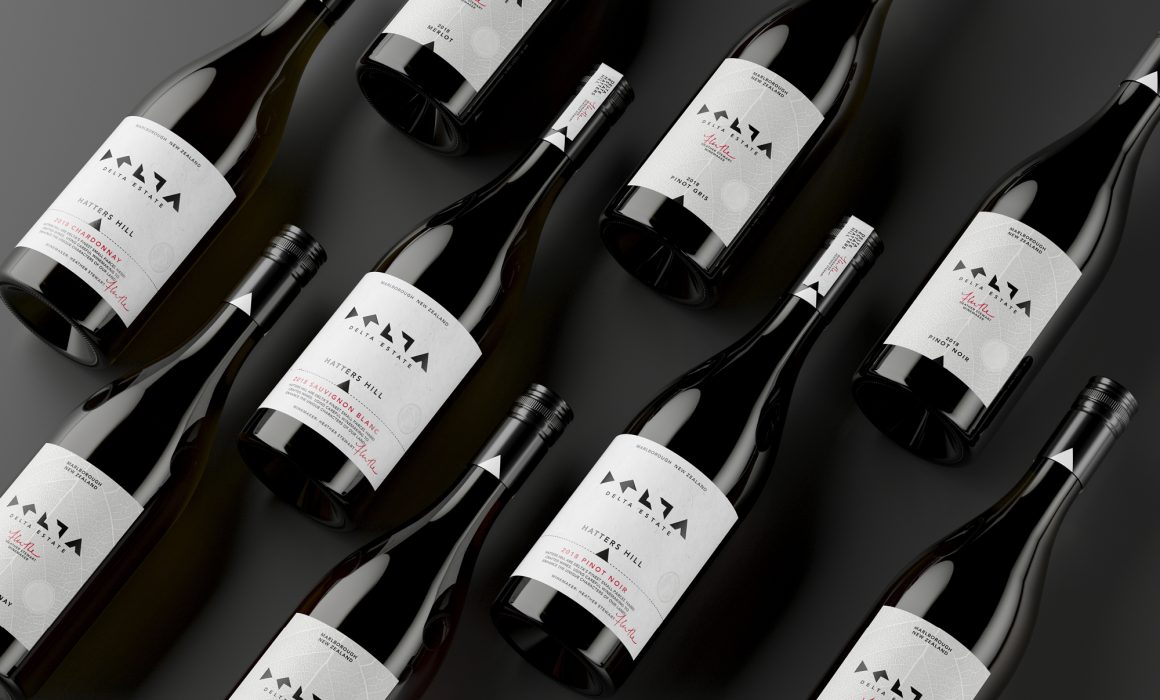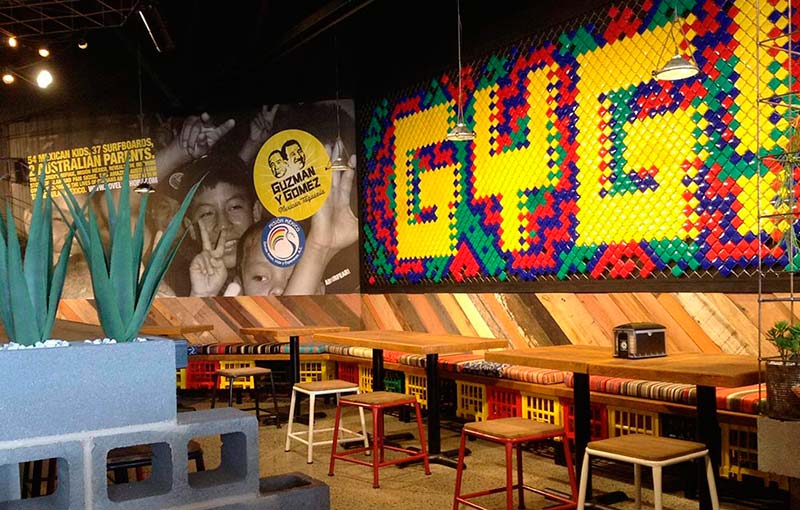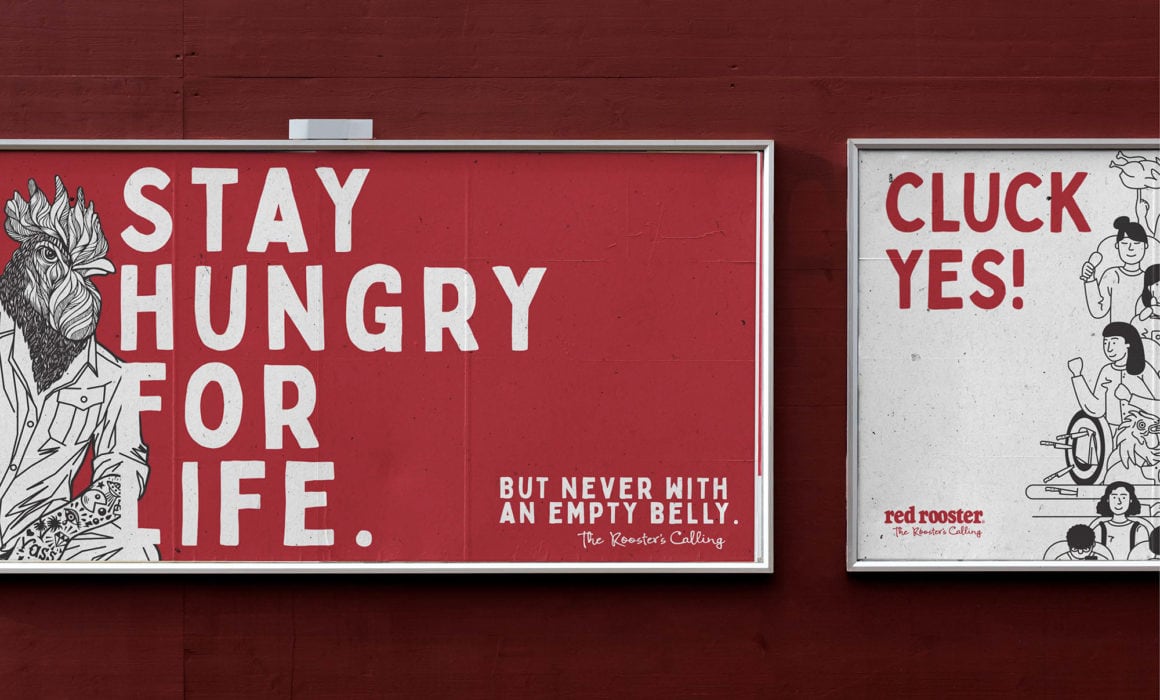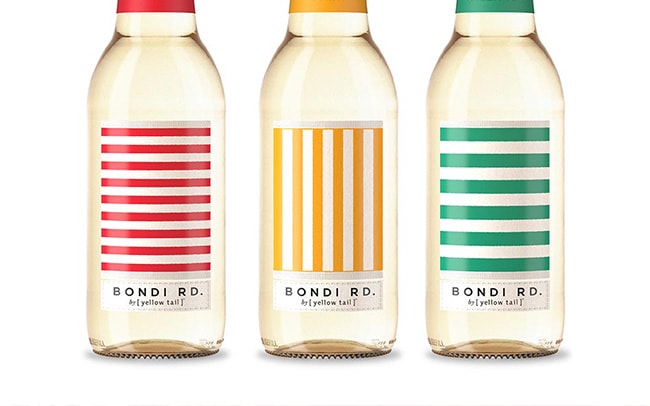Food Packaging Design Rules You Need To Know
Branding
The Essential Rules of Food Packaging Design
09 April 2021
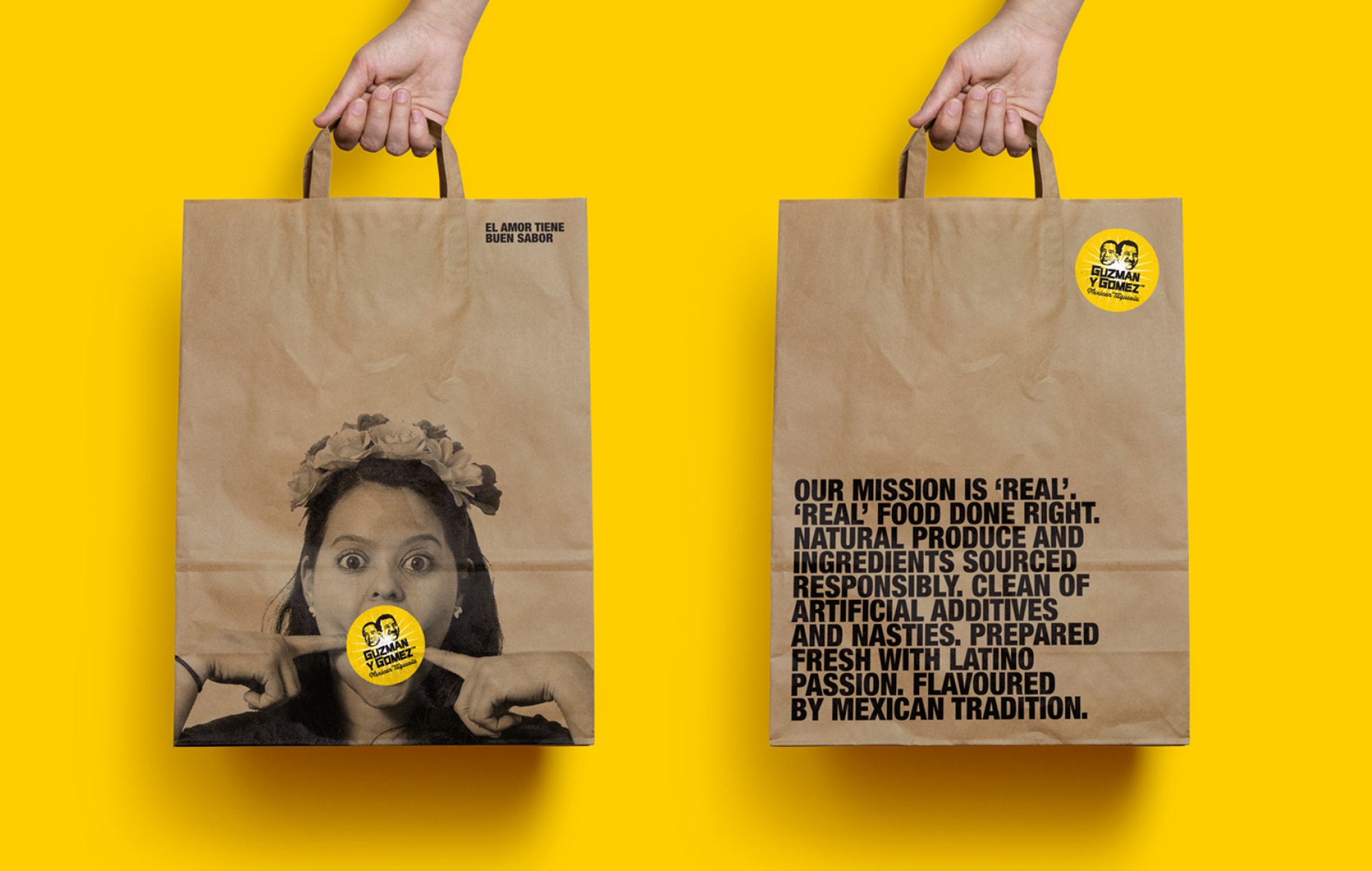
Successful brands in the food industry know how to wield the power of packaging design.
In the bustling realm of Fast-Moving Consumer Goods (FMCG), the design of your food packaging plays a pivotal role in the success of your product within the competitive food industry. But what elevates a packaging design from the ordinary to the extraordinary? Let’s delve into the essential rules that can enhance your food packaging design, influence consumer purchasing decisions, and foster brand loyalty.
The Power of Packaging Design in Brand Loyalty
Months or even years might have been invested in perfecting your product, strategising its placement in boutique grocers or chain supermarkets, and fine-tuning the pricing. Yet, the consumer’s first and lasting impression is shaped by your food packaging design and materials. A well-designed package not only attracts attention but also communicates the brand’s identity, values, and its position in the food market.
Food packaging design rule #1: Do your research
Before embarking on the design journey, it’s imperative to conduct a thorough research phase as part of the packaging design process. Understand the market dynamics, study competitors, and identify white space opportunities. For instance, Sultry Sally Potato Chips identified a gap for low-fat potato chips and complemented it with a high-impact packaging design that resonated with its unique selling proposition. The illustrated character clearly enjoys her chips guilt-free, helping the product stand out in the crowded potato chip market. The silver bag reflects a healthier snacking option, appealing to the health-conscious target market audience.
Food packaging design rule #2: Discover your story and tell it with gusto
Every brand has a story, and it’s this narrative that fosters connection and trust with consumers. Our client and great example, Casa Gusto, didn’t believe they had an interesting story for their range of imported Italian food and ingredients until we probed a little deeper into their family history and uncovered a unique story about their father.
We then designed the brand identity food packaging centred around the fascinating tale of their father experiencing Italian food while he travelled Italy with the circus as a young man. View full project.
Food packaging design rule #3: Understand your target consumer
To create packaging that resonates, designers must have an in-depth understanding of your target consumer. With Doyles on the Beach – Sydney’s oldest fish n chip shop – we rejuvenated its packaging to appeal to a younger demographic while retaining its rich heritage dating back to 1885. View the full project here.
We created a suite of takeaway food packaging designs using typography, graphics, and language from the late 1880s to bring the Doyles story to life with an eye-catching package design in a contemporary way and successfully position Doyles in their target audience’s mind as the best fish and chips in Sydney.
Food packaging design rule #4: Make the most of the space available
With limited space on food packages, it’s crucial to use every key element to convey the brand message succinctly. Avoid clutter and prioritize information. For the Guzman Y Gomez sauce range, for instance, we used authentic and expressive portraits of GYG staff sampling the different chilli sauces to convey the flavour intensity, eliminating the need for lengthy descriptions on the label.
Food packaging design rule #5: Create a smile in the consumer’s mind
Consumers are more than just data points; they’re people with emotions. A packaging design that evokes emotion or “creates a smile in the mind” can leave a lasting impression.
In rebranding and redesigning Sumo Salad, we gave its natural ingredients that feature on the product packaging real character, adding a touch of humour and relatability to its packaging.
If you’re looking to win a spot in the hearts of your customers, packaging design that includes humour can often be a great way to ensure brand recall. In an age of choice paralysis, brand recall can be pivotal in driving repeat purchases.
Elevate brand loyalty through forward-thinking brand strategy
Effective food packaging design can be a game-changer in engaging with your target audience. As one of Australia’s leading brand agencies and seasoned specialists in food packaging design, we’re here to guide your business through the key steps to food branding success.
With many food brands and companies vying for the same customer and the same spot on the shelf, having a winning brand strategy, unique brand identity and great food packaging design are absolute necessities to success.
Through open collaboration with our clients, we design food packaging that not only looks good but also tells their brand’s unique story, defines its quality and creates a stronger, more meaningful connection with their ideal customer.
Contact us
Contact us today and let our specialist team of strategists, writers and designers bring your vision to life and ensure your brand, business and product packaging stand out in today’s highly competitive market.
Our team
Tony Ibbotson – Founder and Creative Director
The Creative Method is led by Founder and Creative Director, Tony – first and foremost a designer, but also author of several books on unleashing creativity, a sought after speaker on the design circuit, and all round legend at pub chat and All Blacks trivia.
Banished from his family’s wine estate until he developed a true appreciation for Marlborough grapes and soil, Tony embarked on a trip around the globe working with some of the world’s biggest brands and best creatives.
Armed with this wealth of knowledge and experience, he returned to Sydney to launch The Creative Method in 2005.
Tony’s genuine love of food, drink and design, and obsession with cracking the most challenging of briefs – large or small – has led to him becoming one of the most trusted creative partners in the Australian food packaging design industry today.
Craig Ham – Creative Strategist
Craig has over 20 years of experience specialising in consumer-led strategy building and idea creation in food packaging design.
A former agency executive (WPP group) leading consumer and cultural insight programs for FMCG clients across 20 different countries, Craig joined global drinks maker Diageo to lead Ideation and Innovation Planning across Asia/Australia. He has also worked with a spectrum of growth-finders in food and beverage – from start-ups to scale-ups to established global brands.
Craig now sits as Strategy Lead with The Creative Method. Unapologetically consumer-curious, and with a unique slant on how category ‘cultures’ work, Craig brings pointed and practical perspectives on brand creation and marketing strategy to help future-shapers deliver intelligent disruption for growth.
Lee Nicol – Creative and Copywriter
After years of torment for the size of his ears and being laughed at for looking like the boy on the front of Mad magazine, Lee’s dreams of a modelling career were short lived. He took solace in drawing, which led to his first true love – design.
Originally from Scotland, Lee cut his teeth in London’s bustling design scene, before his second true love – his wife – led him to settle in Australia.
As a creative, Lee has always loved both written and visual communication, and food packaging design. Words and wordplay tend to drive everything he creates, which includes national campaigns and branding projects for some of Sydney’s most renowned studios and brands. Lee loves working on branding projects from early conception, hearing their stories of origin, discovering what makes organisations tick, and then helping them tell their story to the world in their own voice.
And for what it’s worth, he’s finally grown into those ears.
Lucy Ryan – Account Director
Lucy used to like it when food packaging just looked nice. Now she loves to get under the skin of brands, working closely with clients to unleash all that they can become.
With a career starting in London 10 years ago, Lucy’s experience spans branding, packaging and marketing communications across local and global markets, with heavy involvement in strategic and innovation projects.
Lucy has worked with global corporations such as Unilever, Mars, Coca-Cola and CooperVision, down to the smaller guys such as Guzman y Gomez, Black Hawk and Taylors Wines, working across B2B and B2C to deliver high impact brands, good food packaging design and campaigns.
Related Articles
Building A Brand: Creating A Brand Development Strategy
There is no doubt that we have emerged from the widespread disruption of the pandemic into a new reality – one where the consumer is king. Power has well and truly shifted away from companies as customer choice increases exponentially through online marketplaces. The popularity of food delivery apps and e-commerce platforms has led customers to expect convenience and quality above all else, while social media and online reviews can instantly make or break the reputation of a brand…
TAGS
Grow Your Brand with The Creative Method
Our brand identity solutions create meaningful connections between businesses and consumers through authenticity, storytelling, and bold, intelligently disruptive design. Build a unique brand that your customers will love and trust for years to come.
Contact us today so that we can create the best brand development strategy for your business.


